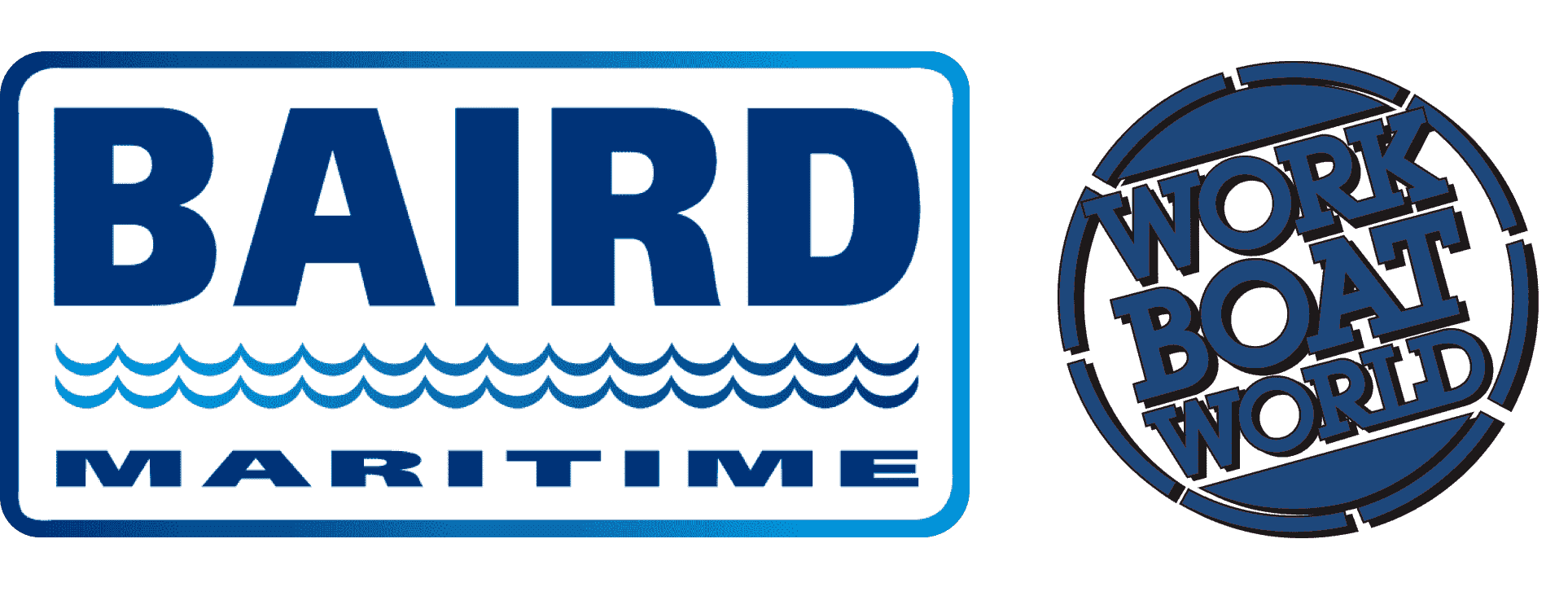EDITORIAL | Safe, seaworthy catamaran cargo ferries
In my quest for solutions to the problems of ferry safety, particularly in developing countries, I have coincidentally studied some very interesting and well-proven concepts for smallish, safe catamaran cargo vessels.
While larger versions would be equally appropriate for trans-oceanic routes, these 25- to 80-metre LOA vessels have, to my mind, enormous potential in the riverine and archipelagic regions where so many of the world's fatal cargo vessel and passenger ferry accidents occur on domestic routes.
A number of examples of varying sizes and capacities are already in existence but, apart from about twenty vessels in the Archipelago Ferry Corp "Fast Cat" fleet in the Philippines, none that I am aware of are operating in developing countries. That is a pity because the Fast Cats have already made a significant contribution to the recently much reduced ferry fatality rate in that country.
They can be built of steel or aluminium or a combination of the two. They do not have to be fast, 12 to 15 knots would be sufficient for most cargo services and to enable them to escape bad weather. That means they can be comparatively low powered and thus very economical to own and operate. They must, of course, be properly designed, constructed and maintained.
One of the now numerous Fast Cats of the Filipino company Archipelago Ferry Corp. They were designed by Sea Transport Solutions and built in China by Bonny Fair Shipbuilding.
Two separate engine rooms and propulsion systems ensure reliability, manoeuvrability and redundancy, thus ensuring maximum safety. Safety, of course, is considerably enhanced by having two multi-compartmented hulls and by the stability afforded by the wide beam of catamarans. The cargo decks are completely and quickly self-draining. Their designs are a simple concept.
All cargo, both containerised and Ro-Ro, is carried on the main deck so the hulls remain essentially sealed for floatation purposes. No cargo need be carried in the hulls that are reserved for machinery, fuel, water and crew accommodation.
The hulls are divided into numerous watertight compartments. They can also, as for example do the Fast Cats, carry passengers. They are usually accommodated in a superstructure located to one side and above the open cargo deck. Container handling can be undertaken using mobile cranes ashore. Ro-Ro ramps are standard and longer ramps could be fitted to enable loading directly to or from a beach over the bow.
Most of the extant examples of these medium- to low-speed "cargo cats" (less than 20 knots) have been designed by the Australian-based Ballantyne family's Sea Transport Solutions. A significant number of their designs are currently operating around the world mostly in Ro-Pax configurations.
Noord Nederland, a Sea Transport Solutions-designed pure "cargo cat" has operated successfully in the Netherlands since 2002. In 2016 the vessel was extended from 47 metres to 67 by Damen Shiprepair.
A pure cargo version, Noord Nederland, has been operating in the Netherlands since 2002. In 2016 it was extended by Damen Shiprepair from 47 to 67 metres in length.
Others such as Sea Link Travel's Bruny Island Ro-Pax ferries, which are about to be built by Tasmania's Richardson Devine Marine to Incat Crowther designs, follow a similar design concept. The first will be 45 metres LOA and the second, somewhat larger.
It can only be hoped that this development of simple, safe and economical vessels will spread to the poorer, more dangerous parts of the world. They could significantly reduce the maritime death toll, as they are already doing in the Philippines. At the same time, they will offer reliable, economical transport for a wide range of containerised and Ro-Ro cargoes.


